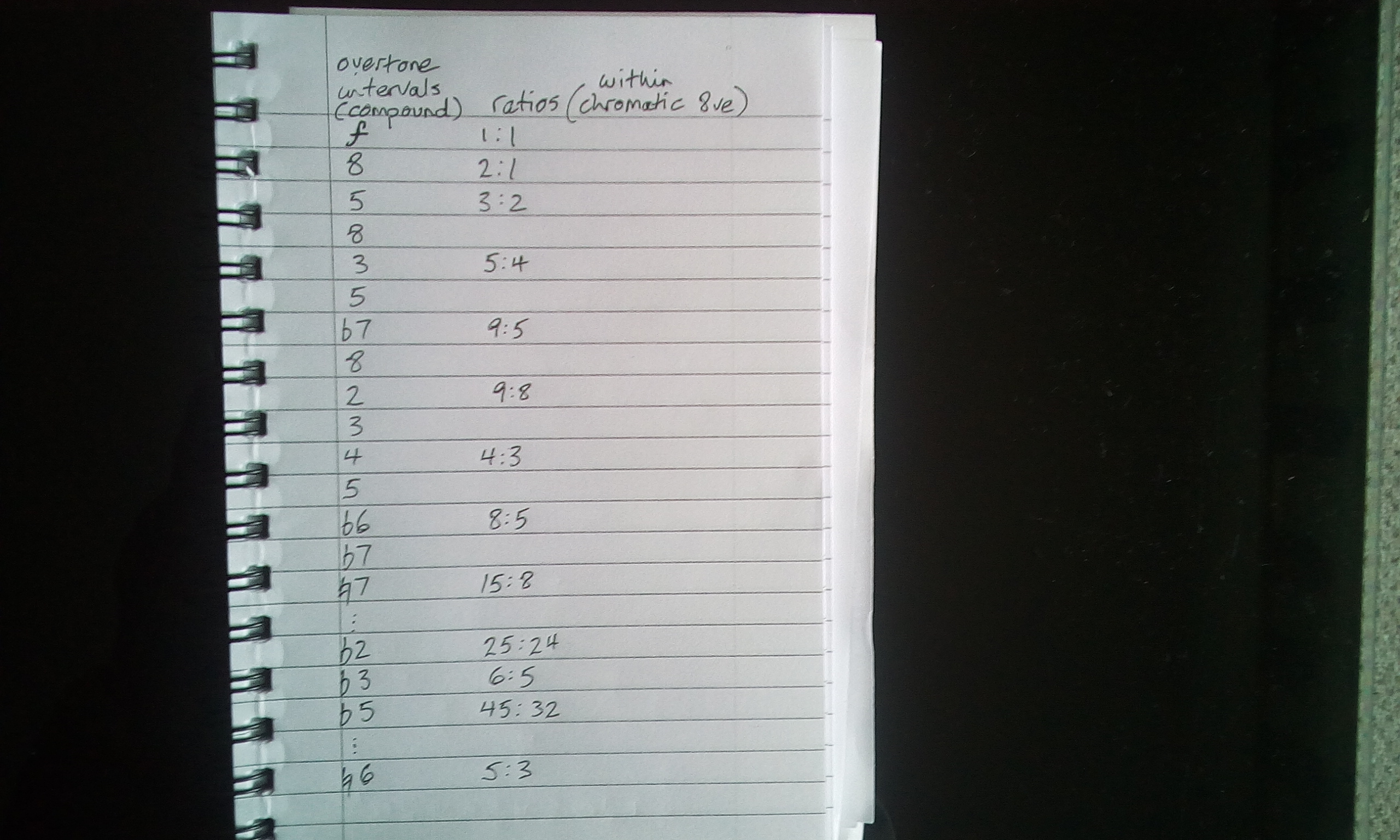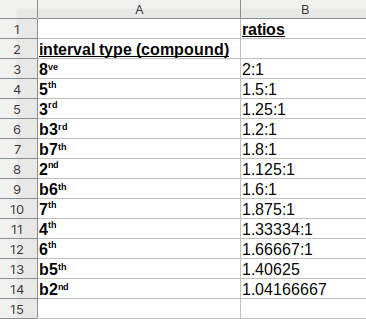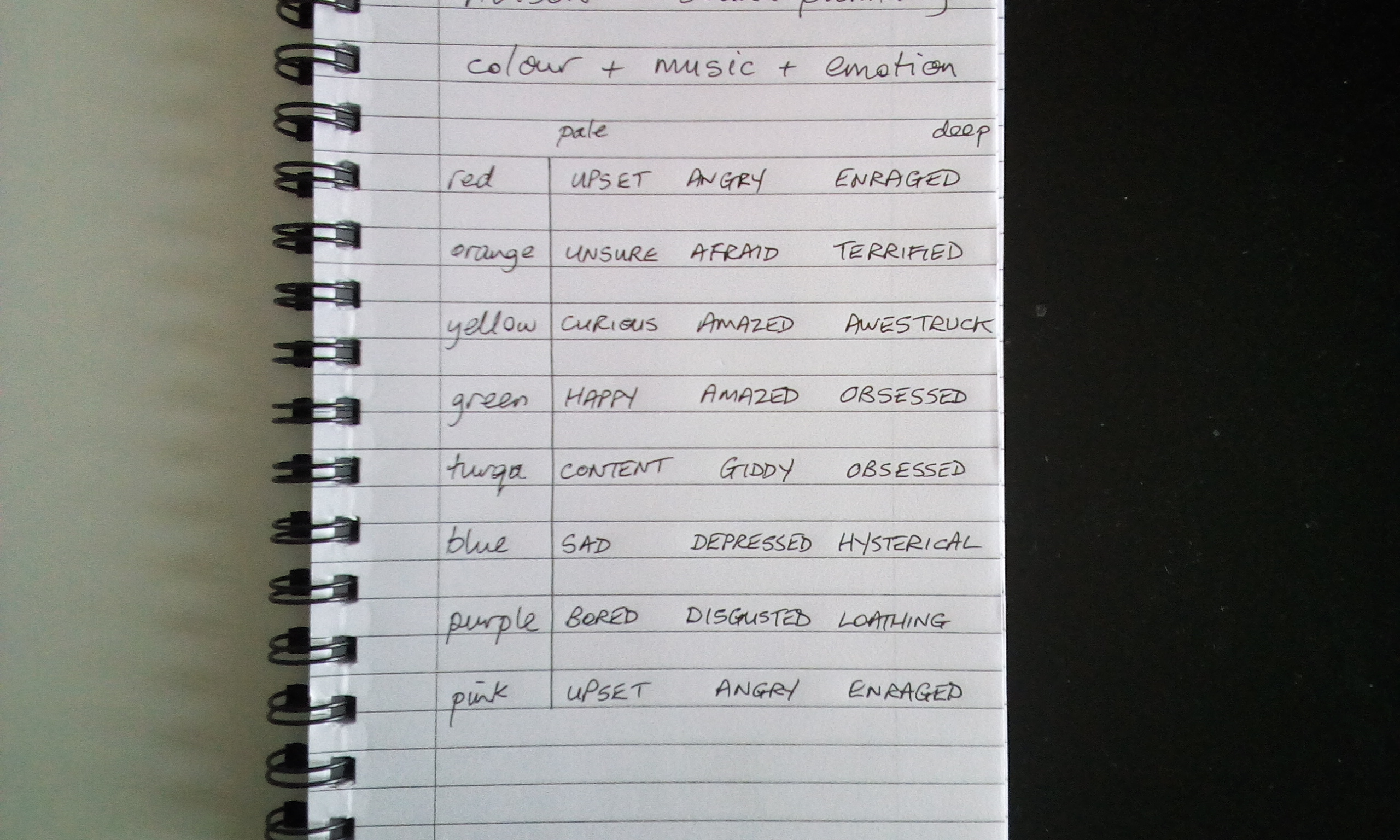Music, emotion and colour - sources?
Hallo sound designers,
This might be too broad a topic but I'm looking for scholarly/practical documents relating to music-emotion-colour; I'm having trouble finding detailed sources as my topic as quite broad. I'm trying to align timbre/rhythm/pitch/register/envelope/morphology with emotional states. Thanks in advance.
purple = disgusting. damn.
Sadly, there seems to be broad consensus on those relationships.
Although, if I reflect on the your avatar colour, I think of the adjectives "luxurious, stately, superior". But these are not emotional states. Or are they?
beeing superior is a duty.
or is it an illusion?...
btw. the term "synesthesia" is not of help with your project?
while color<->emotion seems boring, i find the idea of rythm<->emotion is very interesting! or what about interval<->emotion.
Have you encountered the book Sonic Virtuality? Some interesting content on cross-modality between senses, from a phenomenological angle. Not exactly what you describe, but perhaps fo interest..
I wonder of there is a link between colour / sound density on your pale / deep chart - that is related to material density (eg paint and particle density)... Interesting topic!
Also this springs to mind, but not an area I have looked into: https://polychromaticmusic.com/
Hi Mark,
Thanks for the pointer to Sonic Virtuality, I'll check it out. I was directed to a detailed study conducted by Lindborg and Friberg (2015, Colour Association with Music is Mediated by Emotion), by one of the authors (via a SuperCollider forum).
As for density, I agree. Perhaps because it is easier to objectively align or map 'density/intensity' across domains.
(Polychromatic music, looks interesting and more immediately accessible too. Nice one buddy).
This will probably interest you:
https://www.youtube.com/watch?v=JiNKlhspdKg
Hey Gavin, thanks for the reminder, I'd forgotten about that one. Adam's a monster!
Okay. So I've done some 101 research and I'm compiling a list of overtone intervals and trying to arrange them as a list of ratios, from simple to complex, hopefully thereby generating a spectrum of consonance <-> dissonance. At one end we have the 8ve (2:1 ratio), and at the other extreme we have the tritone (45:32). At this point I'm not concerned with Pythagorean versus equal temperament etc. I'd just like to have a range of ratios from simple to increasing complex.
So, here's my question: in the overtone series, we don't find the natural sixth until way off in the distance, and its quite sharp (overtone number 19 or something) but its ratio is 5:3. The b3rd is also quite distant, but with a seemingly less complex ratio (6:5). Without concerning ourselves too much with compound intervals (and the hegemony of Western Art Music), can someone help me arrange the chromatic scale into a list of overtone series ratios in order of complexity please? I'll use subjective aesthetic criteria to tweak the list.
Thanks
Brendan
list:

(Google, and a calculator! La-Z-Boi)
i´ve never found any link between intervals and rythms, but maybe i haven´t search hard enough.
. . . at the perceptual, psychoacoustic level, perhaps not; but Adam Neely makes a persuasive - and entertaining - argument ;)
I would welcome your comments on the following list of intervallic ratios arranged in order of complexity. I realise I have made a leap from the overtone series down to simple intervals within one octave, but the numbers look good.

i dont understand this chart.
when you want to prioritize intervals, the list would probably start with +7, +5, followed by +10 and then the major and minor third.
in metrics it is completly different: the smaller the numbers, the more often they are used, and the more important they are. since multiples of smaller numbers contain those smaller numbers, you end up with a list of prime numbers: 2, 3, 5, 7
It is a list of interval types, ranked in order of fundamental-to-overtone ratio complexity: an octave is in a simple ratio -> a minor 2nd (+1) is in a complex ratio.
Check out James Tenney's idea of harmonic distance. You can find it in his book "From Scratch."
Thanks Holland, I'll check it out.

